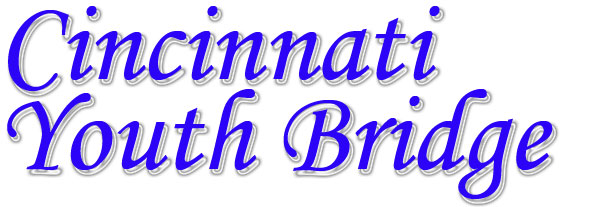

 |
District 11 Grand National Team Finals |
 |
| FLIGHT | MASTERPOINT LIMITS | Flight eligibility will be established by ACBL’s September masterpoint cycle. This information will be produced on August 6 in the year before the District FInals in Horn Lake, MS. Masterpoints won after this cycle will not impact flight eligibility for these events. |
| Open Championship Flight | Unlimited | |
| Flight A | Under 5000 Masterpoints | |
| Flight B | Under 2000 Masterpoints | |
| Flight C | Non-Life Master under 500 Masterpoints |